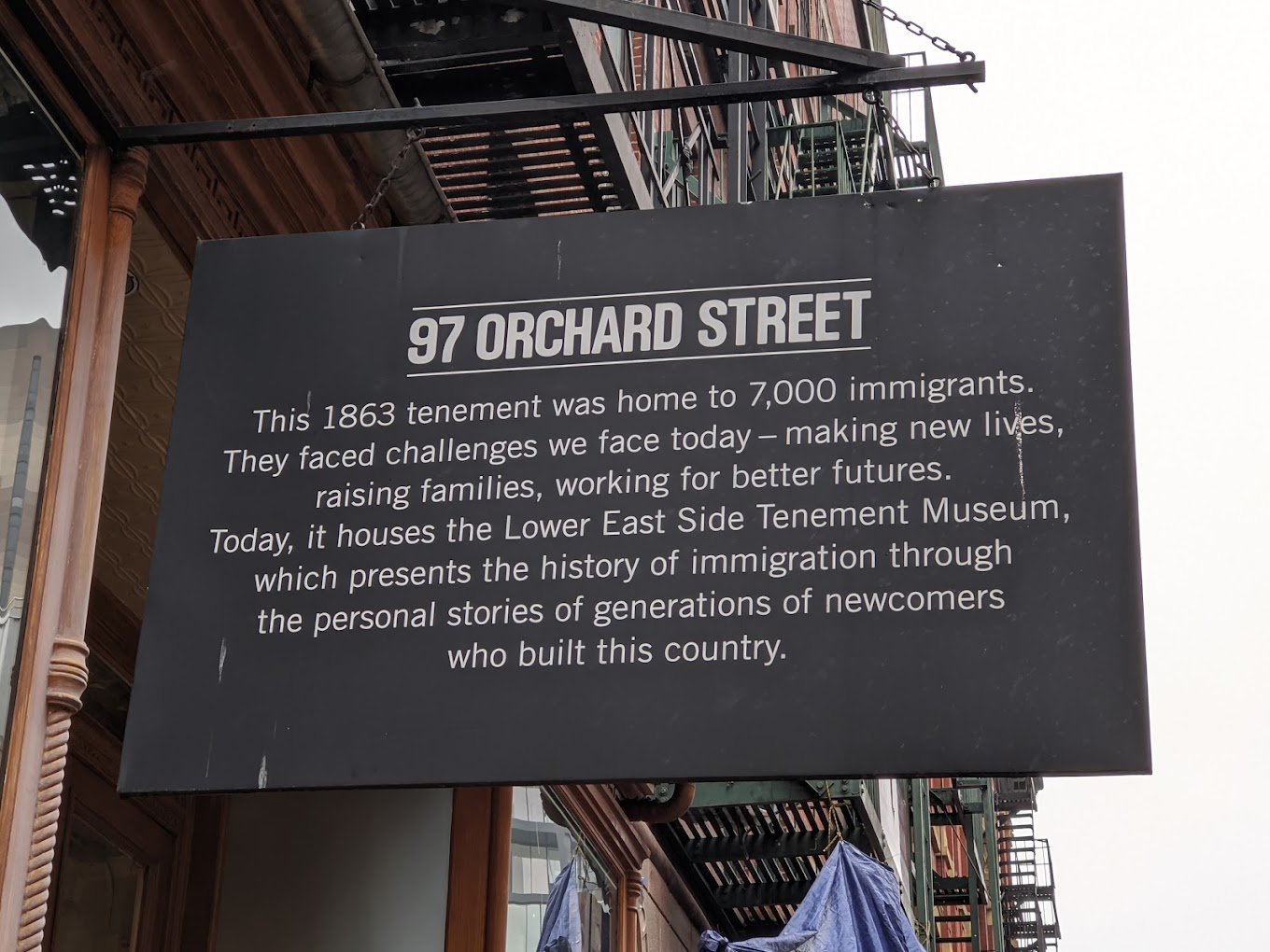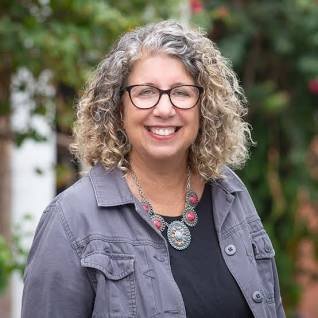Landing Strip and Launch Pad: A Visit to New York City’s Tenement Museum by Michelle Van Loon
My friend Michelle Van Loon tells and writes the stories of her family and ancestors. When she sent me this story of her visit to the Tenement Museum in New York City, I loved it, though I shed tears at the suffering portrayed. I think you will be touched and have a deeper respect for those who have paid the hard price to live in this nation.
The Statue of Liberty greeted the tired, the poor, those yearning to be free, and the “wretched refuse” of Eastern Europe who poured into the Port of New York at the turn of the last century. The next stop for many of them, including some members of my own family, were the tenements of the Lower East Side in Manhattan.
Recently, I had an opportunity to visit the Tenement Museum. The experience demanded that I recalibrate the way I’d always thought of that time and place in my family’s history, but gave me a new frame through which to view what my grandparents and great-grandparents passed on to me as a result of their immigrant experience.
My Jewish grandparents were maddeningly tight-lipped about their immigrant stories. They had no nostalgia for the good old days in the Pale of Settlement, a sprawling, mostly rural zone in Eastern Europe where Jewish people had been required to live for many decades. Maybe the lack of nostalgia came from the reality that there weren’t many good old days to be had there. Millions, including my family members, had been forced in the late 1800’s and early 1900’s to flee their homes by the twin furies of persecution and poverty.
When they arrived in America, they still faced crushing financial hardship, but at least no one was trying to kill them. That created opportunity to work toward a better life. Some of my relatives began their lives in America crammed into tiny three-room, 325 square foot tenement apartments that housed as many as ten people.
Some of those apartments had private bathrooms. Others had a single toilet that was shared by all the residents on a floor of one of those five, six, or seven story buildings. History.com notes that there were more than 80,000 tenement buildings in New York City by 1900, housing 2.3 million people. This was fully two-thirds of the total population of the city at the time.
When I was a child, my relatives’ silence about their tenement experience led the curious history-hunter in me to fill in the blanks using the template I found in some of my favorite books, All of a Kind Family and More All of a Kind Family, written by Sydney Taylor. These books painted a warm-hearted picture of tenement life that was full of pushcarts, peddlers, and pickles.
As I got older, I caught a glimpse into what a tenement might have looked like every time I watched old episodes of the 1950’s sitcom, The Honeymooners. The aging, spare Brooklyn apartment in which characters Ralph and Alice Kramden lived didn’t seem all that far removed from the kind of places my family might have landed a few decades earlier. In adulthood, historical facts and images about the dangerous living conditions, disease, crime, and privation in tenements a hundred years ago gave necessary context to those works of fiction.
I grew up in a comfortable Chicago suburb that was far closer to the world my ancestors might have dreamed of when they left Ukraine, Belarus, Lithuania, and Poland than the hardscrabble world they discovered when they first came to America. And through my own interest in exploring the meaning of family stories, I sought to honor the hard work and sacrifice that my great-grandparents had made as they built their lives in this country.
But visiting the Tenement Museum was for me like visiting both landing strip and launch pad for their lives. It represented for me the place in which they stopped looking over their shoulders for pursuers and began to,look forward to the future, perhaps for the first time.
I’d looked at pictures of tenements online over the years, but there was nothing like walking the tight streets of the neighborhood around the museum and being inside the physical space of a replica of a cramped apartment guided by a thoughtful docent to give me a fresh sense of what the journey to a new life had been like for my ancestors.
In their journey to America, there were echoes of another story embedded deep within my family tree. The Bible describes the very first time in history the Hebrew people faced suffering, persecution, and potential holocaust in Egypt at the hands of a megalomaniac ruler. In just nine short verses, Exodus 2 contains the account of a mother desperate to save her baby son from certain death. She places the little one in a tar-waterproofed basket and sends him down the Nile River, praying in the face of impossible odds that he would be rescued. The name his rescuer gave him, Moses, reflected her first encounter with him. His name meant “drawn out” of the water.
I think my grandparents got on the freighters that would carry them across the ocean to America, not realizing that they themselves were a kind of a boat, carrying in their bodies the future generations across the water to safety. While they weren’t Moses, they were compelled to act by the same impulse Moses’s birthmother was.
In recent years, I’ve come to better understand the trauma I inherited from their experiences, and that of the trauma of the generations that came before them in Eastern Europe. But my visit to the Tenement Museum revealed in a deeper way to me the resilience, courage, and work ethic that allowed them to begin their lives in freedom – and give me mine as a result.
C 2023 Michelle Van Loon
Michelle is a writer, author of 7 books, including Born to Wander, Becoming Sage, and Translating Your Past. She is also the founder of The Sage Forum.





